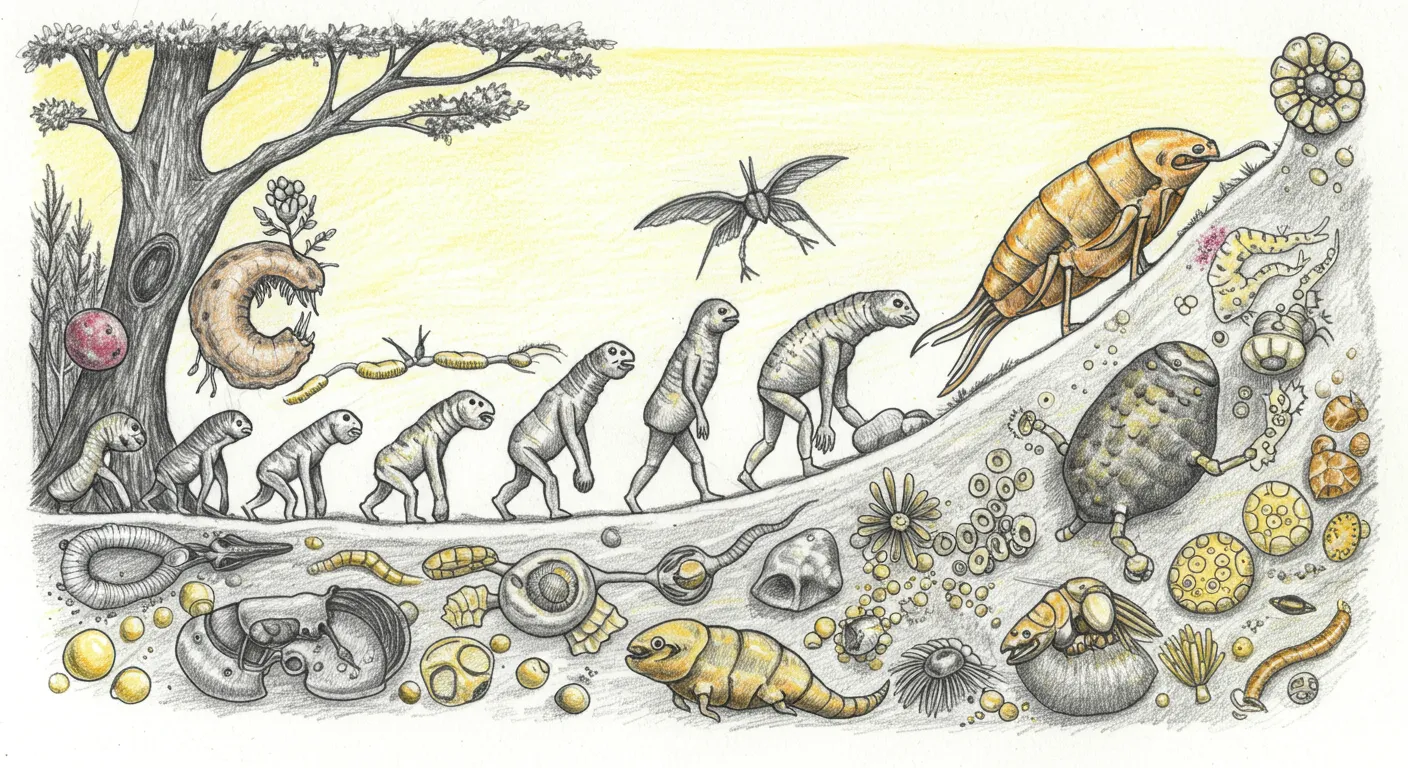In the rapidly shifting landscape of artificial intelligence, image generation has taken a quantum leap forward, challenging our understanding of creativity and technological capability. Online commentators are buzzing about the latest breakthrough from OpenAI's GPT-4o, which demonstrates an unprecedented ability to understand and manipulate visual contexts with nuanced precision.
The technology's emergence has sparked intense debate about the future of creative work, with passionate discussions erupting around the ethical implications of AI-generated imagery. Some artists view these tools as an existential threat to their livelihoods, while others see them as powerful collaborative instruments that could revolutionize design and communication.
The most striking aspect of this new technology isn't just its ability to generate images, but its capacity to understand complex contextual instructions. In one viral example, the AI was asked to create an image with "no elephants" - and successfully produced a scene that meticulously avoided any potential pachyderm presence, showcasing a level of interpretative intelligence previously unimaginable.
However, the technology is not without its critics. Many online commentators point out persistent issues like text generation, inconsistent details, and concerns about the broader impact on creative industries. The debate reflects a deeper tension between technological innovation and artistic preservation.
As the dust settles, one thing becomes clear: we are witnessing a transformative moment in how visual content is created, consumed, and conceptualized. Whether this represents liberation or disruption remains to be seen.


